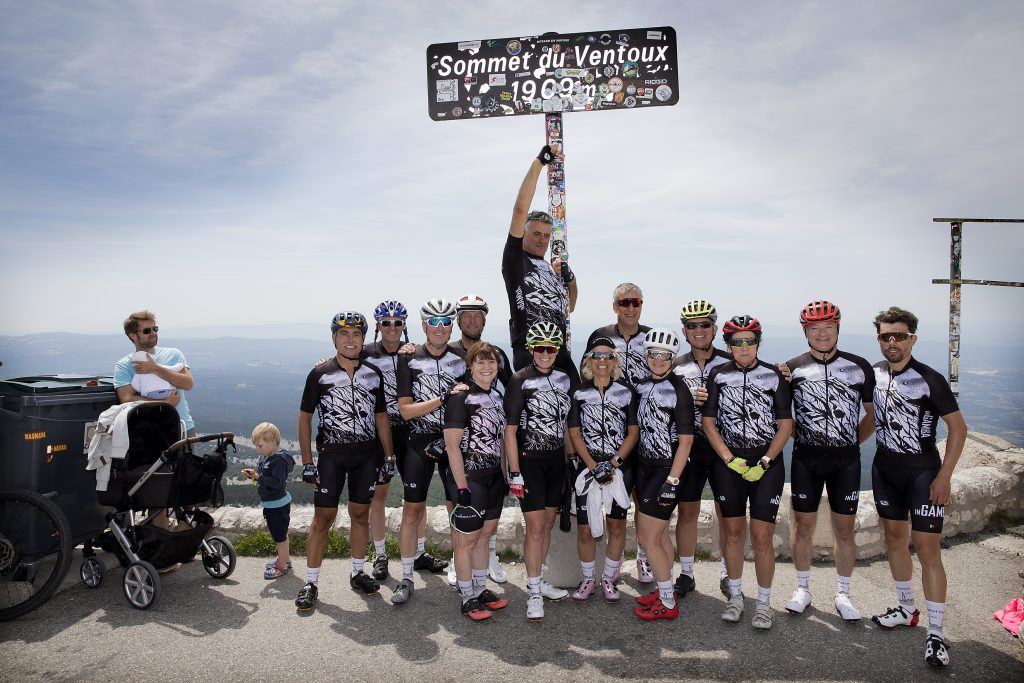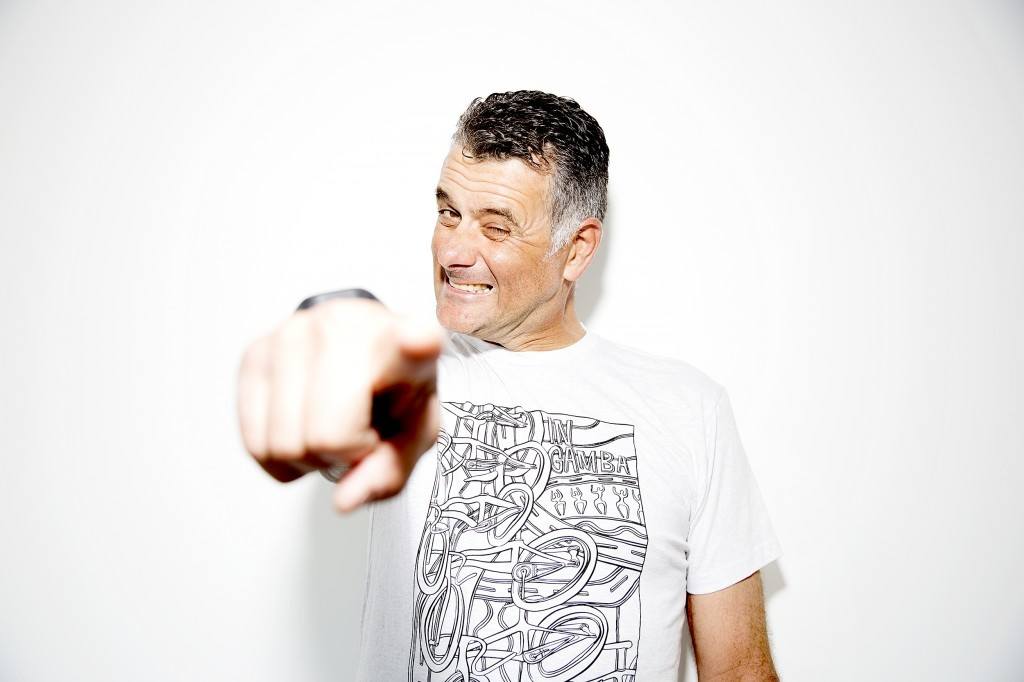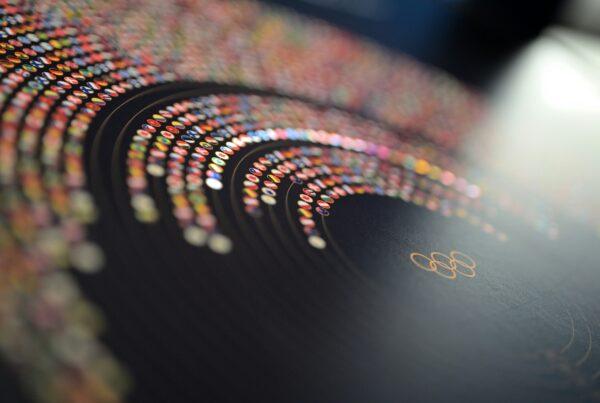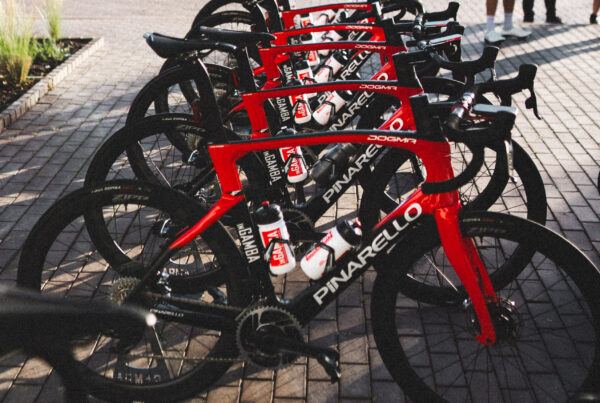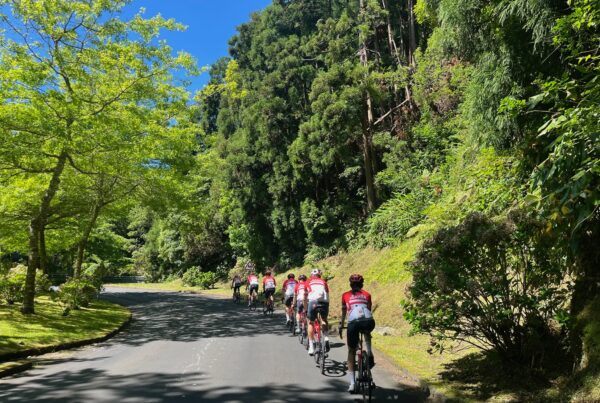Anyone who spends time with Eros Poli will tell you that with all his energy and good humor, the big guy is really a big kid at heart. So it’s hard to believe that it’s been 25 years since his famous triumph on Mont Ventoux at the Tour de France.
To mark the special occasion, the crew over at Pinarello whipped up a treat for our favorite lead-out man, recreating the paint job in the livery of his team back in ‘94, Mercatone Uno-Medeghini. The result, we think you’ll agree, is stunning, from the overall retro theme to the little details commemorating the date and the nickname that the people of France have bestowed upon Eros ever since that fateful day: “Monsieur Ventoux.” It takes the spirit of another era, the steel frames and colorful motifs of 1990s cycling, and meshes it with the latest and greatest bike on the market, the Dogma F12. It’s a touching nod to Eros’ past achievements, but it also echoes the history of Pinarello’s racing pedigree.
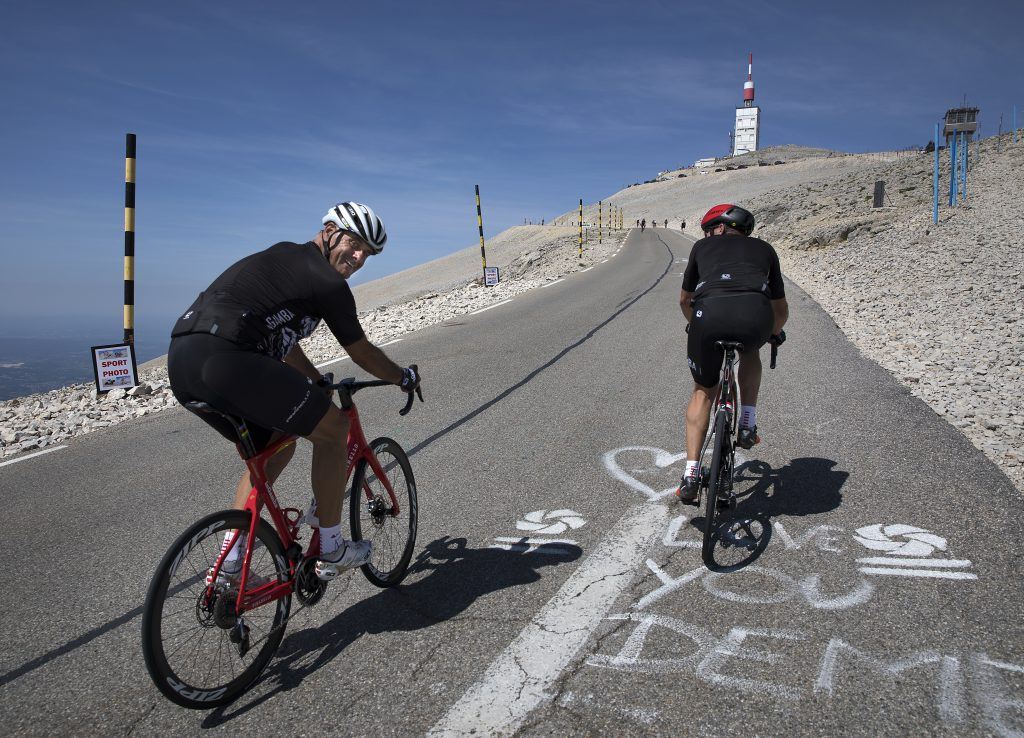
“I was so emotional when I saw it first,” says Eros. “To see all of those colors from ’94, it was something special. The design of that bike from Ventoux was actually the first work of Manuel Bottazzo, who is now Pinarello’s chief designer. He’s the same age as me. The frame was red, but with some yellow and blue for Mercatone Uno, the sponsor. For me though, they were also the colors of my city, Verona, so I loved it.
“The ’94 bike weighed about 10 kilos, with 36-spoke wheels. I had a 39-54 chainring in the front and a 12-24, 9-speed in the back. It was the first version of hood shifters, Ergopower from Campagnolo. I still have it, hanging proudly on my wall, but it was a different era. I love this new bike because it brings back all the memories, without having to sacrifice the modern technology!”
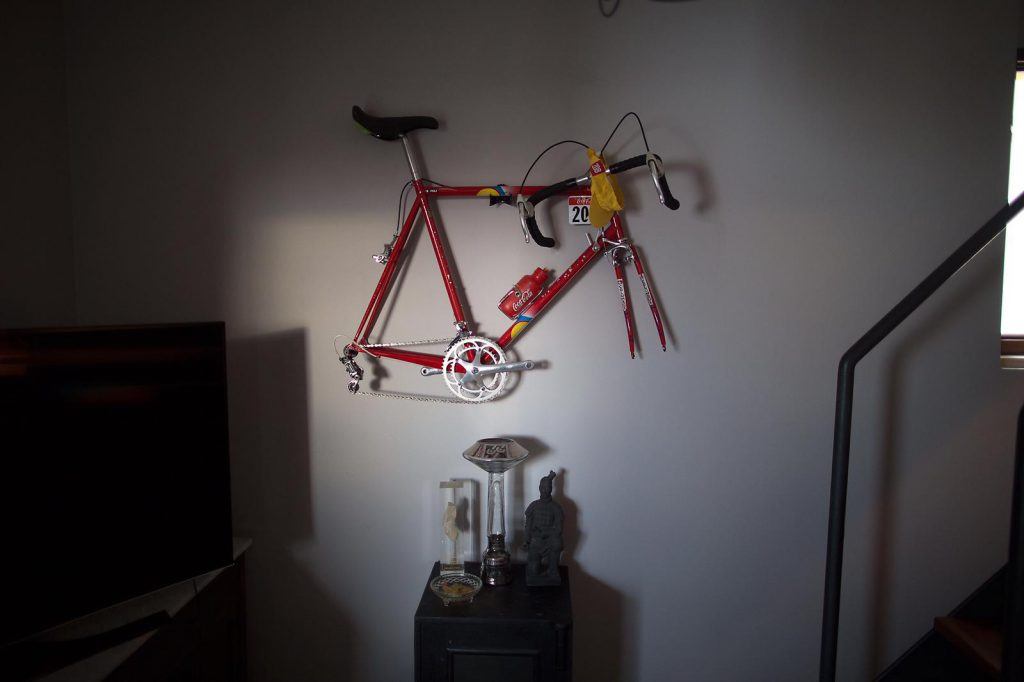
“To see those same colors on an F12, weighing more than three kilos less and with wireless shifting, it makes me smile. I’m happy that cycling has developed so much since 1994, but it’s amazing that I can have something special like this to remember the past while still enjoying the present. Normally, pros have to give up their team bikes at the end of the season, but this is one I will keep forever. No one else is getting it.”
Even after a quarter century, watching old footage of the stage is still exciting. You know he’ll do it, but it’s still hard to believe. He’s too heavy to climb like that, and he’s all alone. The mountain is too big, the chasers too fast. He has to tire, doesn’t he? Surely they’ll catch him?
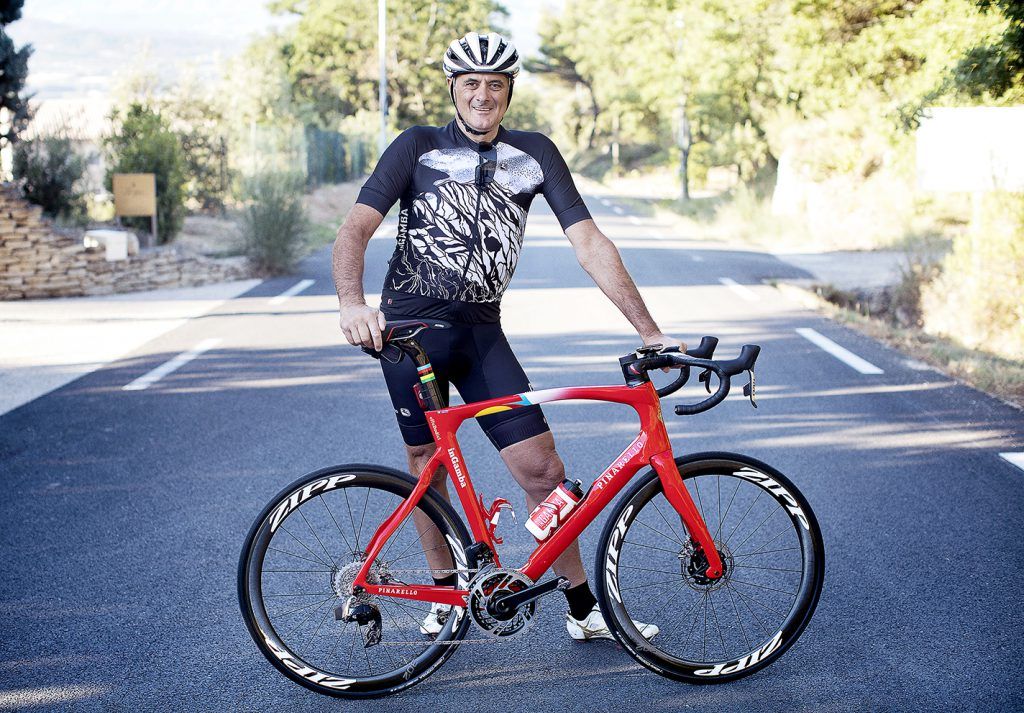
Of course, they don’t. But you want to scream at the screen and urge him to go faster anyway, just in case. It’s only in the last four or five kilometers that you know for sure he’s done it. He knows it too. You can see the realisation setting in. There’s a grimace – to be expected after six and a half hours riding full gas – but there’s also a smile. There are powerful emotions, bubbling just under the surface. He knows he’s won, that the world is watching, that he has achieved something rare and memorable.
In the final meters, he straightens up, pulling off his sunglasses and his casquette before giving a theatrical bow. He then tosses the cap into the crowd and blows a kiss to the cheering crowd, punching the air just as he crosses the line. After a litany of superlatives – formidable! Extraordinaire! – all the French commentator has left to say is “Bravo, monsieur Poli.” And 25 years later, all that we want to add is Joyeux anniversaire, Eros!
–
